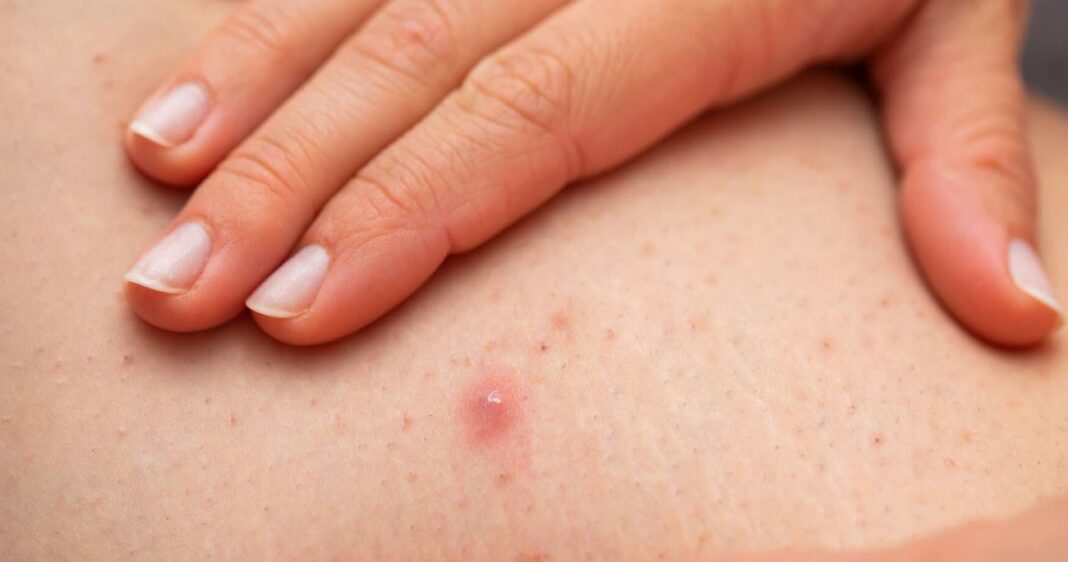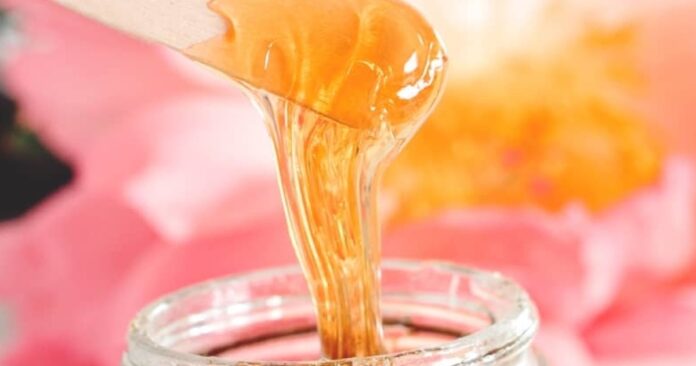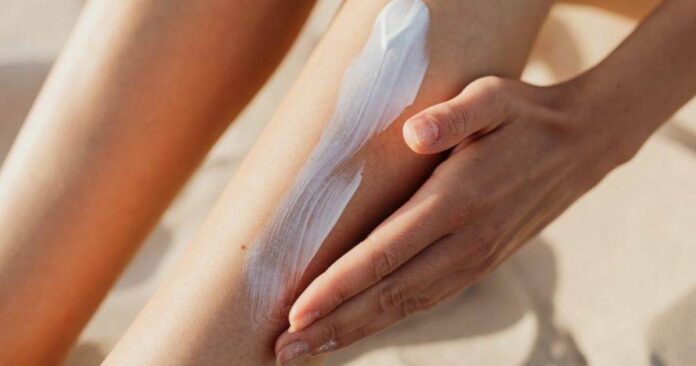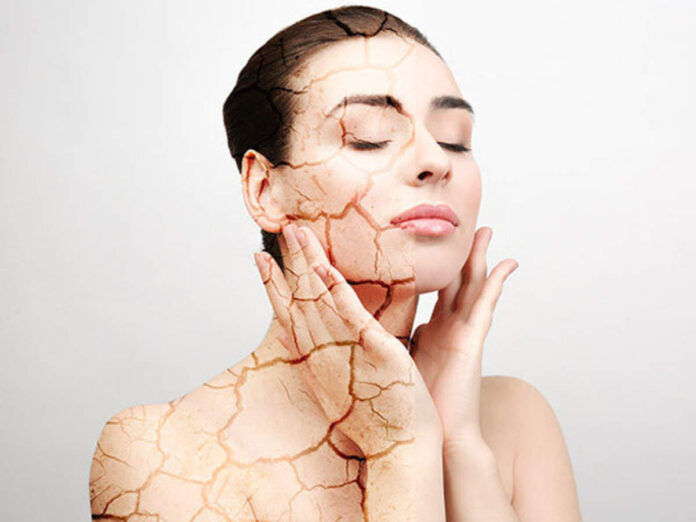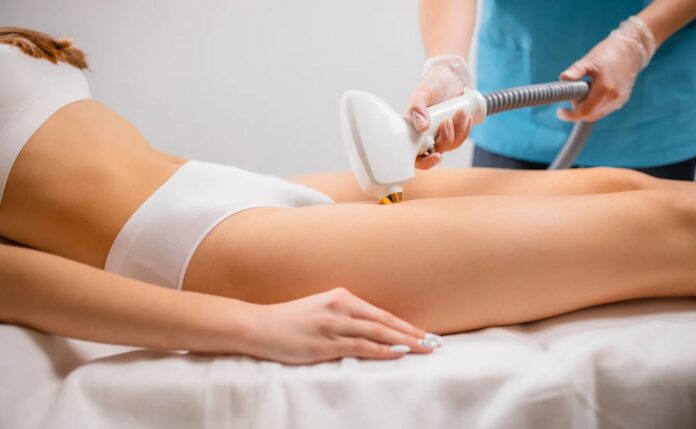Folliculitis is a common skin condition majority of the people face after waxing. It is because of the inflammation of hair follicles. Due to this inflammation, painful little bumps are formed on your skin. This is called folliculitis.
It is typically triggered by hair removal methods like waxing, plucking, or tweezing as they can irritate your hair follicles. Moreover, if you wear tight clothes after shaving, or go to hot baths, it can also trigger these skin conditions.
So, if you are also suffering from folliculitis after waxing, keep reading the article to know the solution.
Table of Contents:
- Part 1: Why Do I Get Folliculitis After Waxing?
- Part 2: How to Prevent Folliculitis After Waxing?
- Part 3: How to Treat Folliculitis After Waxing?
- Part 4: How Long Does Folliculitis Last After Waxing?
- Part 5: When to Seek Medical Attention?
- Part 6: Alternative Hair Removal Method: IPL Hair Removal
Part 1: Why Do I Get Folliculitis After Waxing?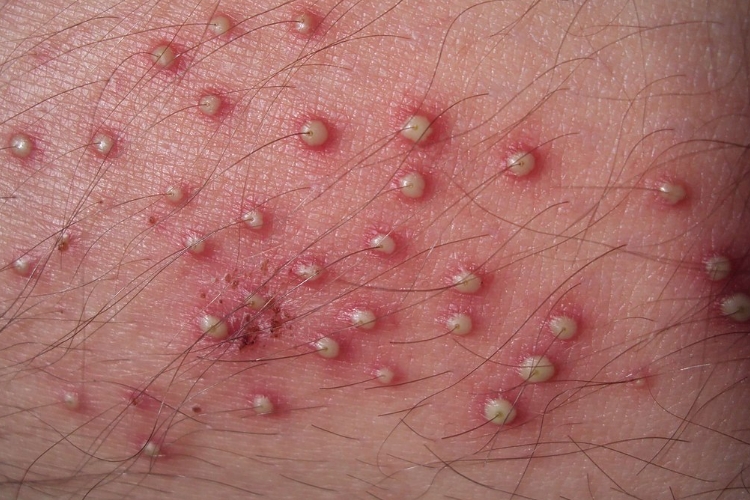
Before answering your “Why do I get folliculitis after waxing?” and moving toward the treatment, you should confirm whether it’s folliculitis or not.
Common Symptoms of Folliculitis
The most common manifestations of folliculitis are:
- Clusters of small red and inflamed bumps or pustules occur around the waxed area
- Itching or burning or skin around the bumpy area leading to discomfort
- Tender and painful skin
- Formation of pus-filled blisters that later open, and form crusts
- Potential development of whiteheads
Causes of Folliculitis After Waxing
Now, let’s comprehend what causes folliculitis after waxing. It can be superficial or deep due to the following causes:
- Hair Follicle Trauma: Waxing involves the forceful pulling of your hair from the roots. This can traumatize your hair follicles, make your skin tender, and cause folliculitis
- Bacterial Contamination: Your skin gets sensitive and easily susceptible to microbes after waxing. So, when you do not maintain proper hygiene, bacteria most commonly staphylococcus aureus invade the skin and lead to the formation of pus-filled bumps
Part 2: How to Prevent Folliculitis After Waxing?
Wondering how to avoid folliculitis after waxing? The steps mentioned below can help you minimize the chances of folliculitis after you are done with your hair removal.
Proper Hygiene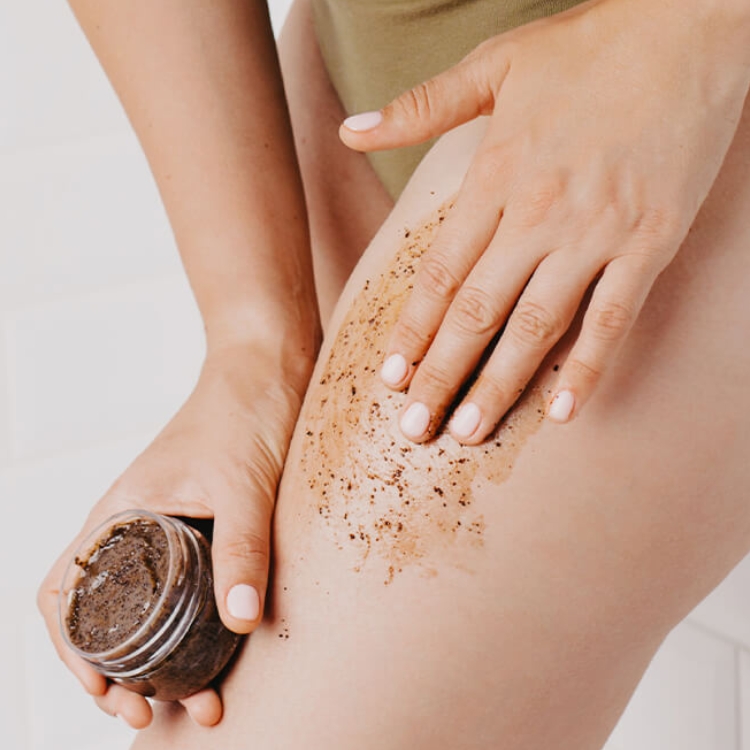
Waxing opens your pores which means dirt, dust, and bacteria can easily clog those pores. As they can clog, it will lead to folliculitis. Therefore, if you want to avoid pain, discomfort, and whiteheads after waxing, you need to maintain proper hygiene.
After waxing, clean your skin twice a day with mild soap. If your skin is extra sensitive, you can also apply antiseptic cream for three days.
Exfoliation
Exfoliation not only helps in maintaining the cleanliness of your skin, but it also prevents the formation of ingrown hair. Exfoliation gets rid of dead entrapped skin cells from your upper layer thus letting your new hair grow out easily.
The recommended frequency of exfoliation is using an exfoliating scrub or gloves at least twice or thrice a week. However, exfoliating immediately after waxing can irritate the skin and cause pain. So, wait for a day or two before starting your exfoliation routine.
Avoid Heat and Friction
Another favor you can do to yourself after waxing is to avoid heat and friction after waxing. Heat makes your skin dry and opens your pores. This results in skin irritation and infections. Furthermore, friction also irritates your skin and increases skin sensitivity.
Hence, it is advised to avoid saunas, hot showers, and steam baths. Also, avoid wearing tight clothes as the close contact of fabric with skin causes friction and trauma to hair follicles.
Moisturizing
Lastly, keeping your skin moisturized can help the protective barrier of your skin stay strong and let your skin heal properly. Applying a moisturizer also makes your skin smooth and reduces the friction.
Therefore, it is necessary to use moisturizer often after waxing but make sure it does not have any chemical products and is an oil-free moisturizer.
Part 3: How to Treat Folliculitis After Waxing?
You can follow the above-mentioned steps to prevent folliculitis but what if it still occurs? You can treat it at home in the following ways.
Use Warm Compresses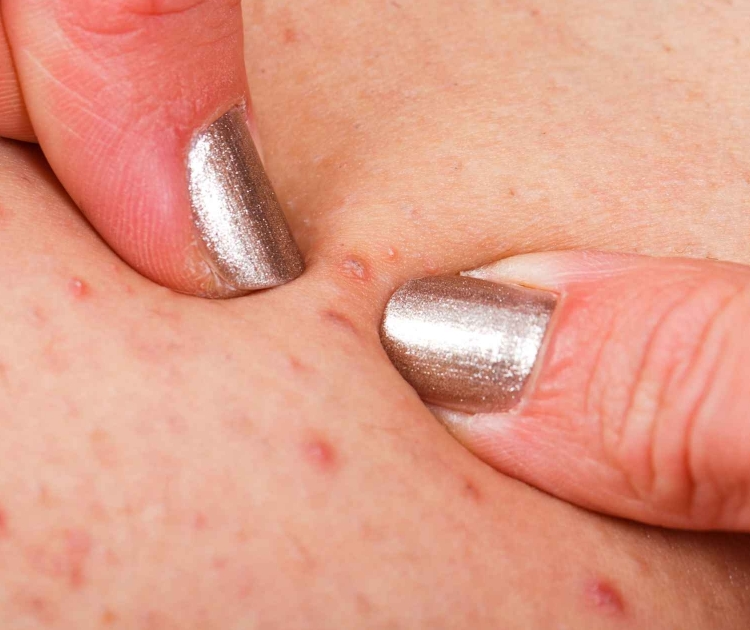
Warm compresses on the affected area can help reduce the pain, inflammation, and soreness. They also soften your skin, let the hair grow out properly, and speed up the process of healing.
For effective warm compresses, you can add salt or vinegar in warm water, stir it well, soak a washcloth in the solution, and then apply it to the affected area. Doing this thrice a day, for 15. minutes each time will certainly prove effective.
Apply Topical Products
Another option is the use of Over-the-counter topical creams, gels, lotions, or ointments. These products are easily available in pharmacies or nearby stores. You do not need a doctor’s prescription to buy them.
These may be antibiotic creams or hydrocortisone creams. Applying them to the affected area can help soothe the area and treat the infection. However, if you are using them too often in a single day, they will also get rid of good bacteria present on your skin. So, use them only when you see the need.
Avoid Picking or Squeezing
Touching the affected area frequently will contaminate your hands and when you touch other areas with those hands, infection can spread. Squeezing the fluid-filled bumps does the same.
Hence, if you have folliculitis on one area, do not touch that with your hare hands and avoid squeezing it.
Part 4: How Long Does Folliculitis Last After Waxing?
Folliculitis can be prevented, avoided, and treated after waxing. But, are you worried about its long stay? Or what if the bumps leave a mark after healing?
Well, the good news is that it does not last that long. Even if you do not treat the folliculitis, it will resolve on its own within a few days in mild to moderate cases. Furthermore, if you do not want the raised bumps to leave a scar on your skin, you ought to avoid tight clothing and squeezing the area repeatedly. Also, do not apply any chemical products on the skin.
Part 5: When to Seek Medical Attention?
Folliculitis resolves by itself and you can treat it at home. But, there are certain times when you cannot manage it at home and require medical attention. You should immediately go to a medical professional in the following situations
Severe Symptoms
Over-the-counter products and warm compresses are helpful at the initial stages. If you notice any increased severity in these symptoms even after trying at-home remedies for folliculitis, you should immediately go to a doctor.
To determine the severity, you can keep a check on the spread of folliculitis and the discomfort it causes. Medical professionals or dermatologists examine your skin condition in depth. Then, they give you treatment specifically according to your needs.
Recurrent or Persistent Folliculitis
In some cases, folliculitis can occur repeatedly. First, the gaps between the recurrent episodes keep reducing and then eventually it turns into chronic folliculitis.
If you feel like your folliculitis is occurring repeatedly, you should go to a dermatologist. This will enable the professional to understand the exact cause of its repeated occurrence and treat the condition accordingly.
For instance, there are times when you are a carrier of staphylococcus aureus and this causes persistent folliculitis. Only a dermatologist can confirm it.
Signs of Infection
If you notice that your signs of infection are getting worse each day, instead of trying home remedies, go to a professional.
For example, if the bumps are becoming larger with time, or you are feeling more pain as the day passes, it means it is getting severe and you need proper treatment. Also, pus-filled bumps indicate that your follicles are infected so get the infection treated as soon as possible.
Part 6: Alternative Hair Removal Method: IPL Hair Removal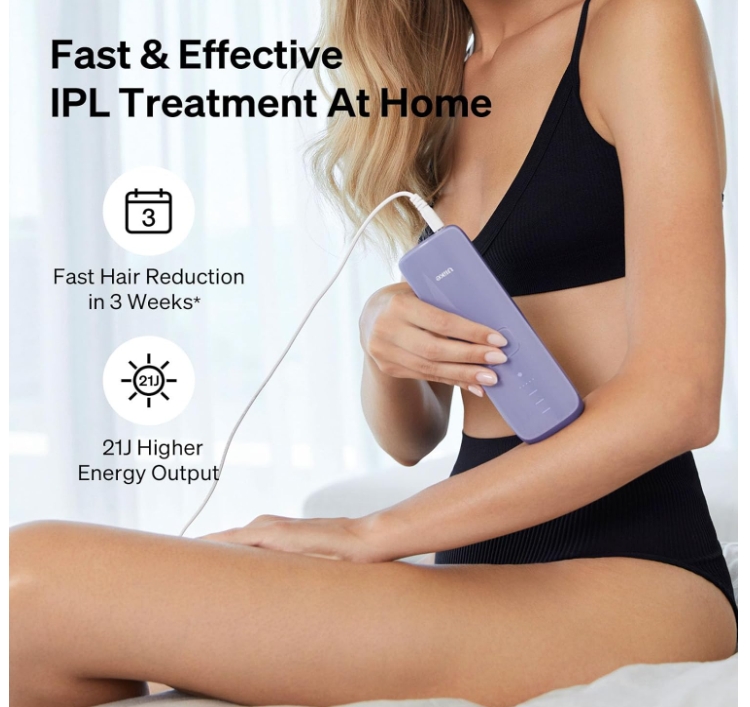
Waxing is the forceful removal of your hair that leads to folliculitis. But, there is a treatment method that removes your hair follicles without force? Yes, there is a method and that is IPL hair removal. IPL hair removal destroys your hair follicles by heat and reduces the risk of folliculitis.
It also gives you long-lasting results and unlike waxing, the treatment process is nearly painless. You can use at-home IPL devices like Ulike Sapphire Air 3 for this purpose. Its cooling technology soothes your skin while the high-end technology shows you hair reduction within 3 weeks (the results may vary from person to person).
Conclusion
In folliculitis, painful, red, and fluid-filled pustules are formed on the area with irritated follicles. These small bumps can cause discomfort and itching. It may be due to trauma to hair follicles or bacterial infection after hair removal.
To avoid this condition, you should maintain your hygiene and exfoliate regularly. Those suffering from folliculitis can treat it by warm compresses or over-the-counter products. However, if it gets severe or persistent, you should seek a professional’s help to get your personalized treatment plan.

 By ULIKEBEAUTY
By ULIKEBEAUTY
 November 3, 2023
November 3, 2023
 6 minutes
6 minutes








